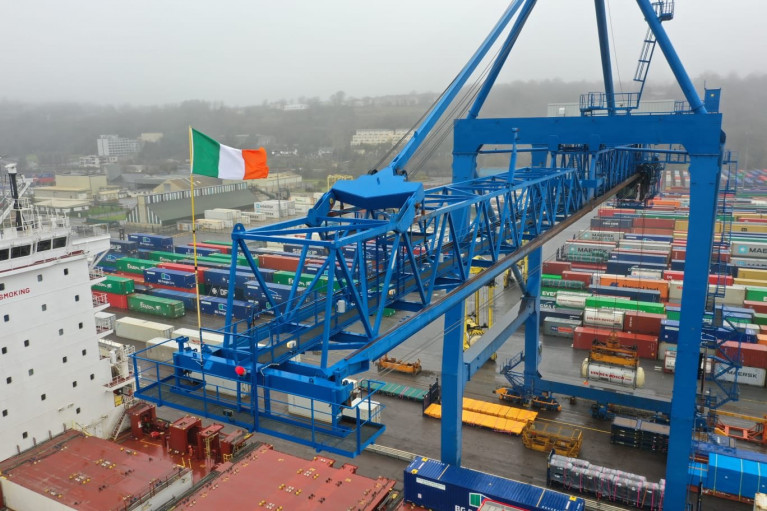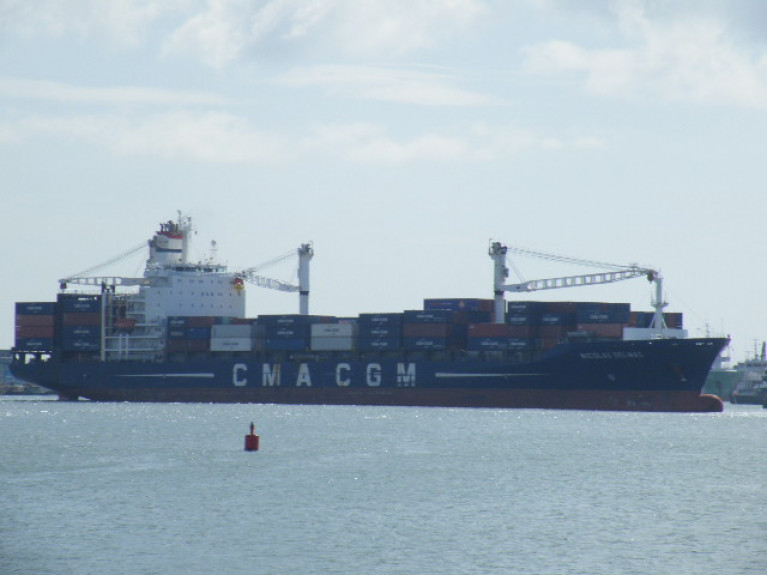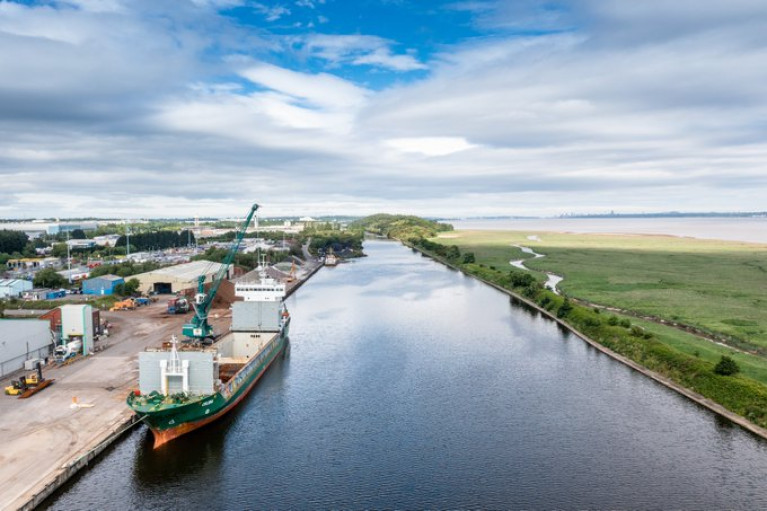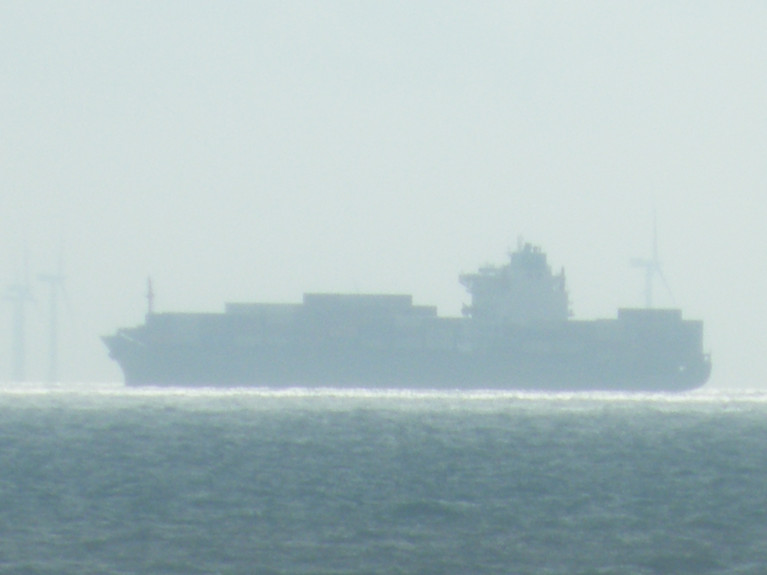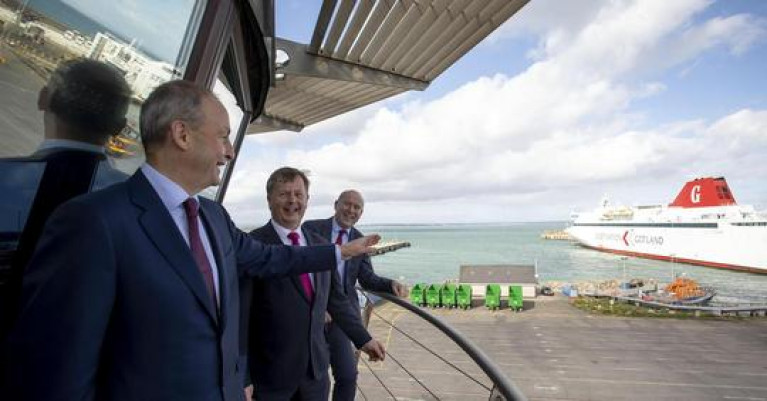Displaying items by tag: SupplyChain
Shipping in the Red Sea Sees Irish Exporters Advised to Engage with Freight Carriers
Disruption to shipping in the Red Sea has led to Irish export businesses being advised to engage with their freight carriers and look at their supply chains as the situation in the Middle East region continues.
Due to attacks by Houthi militants, there is growing concerns on its impact on commercial shipping which could affect supply chains for months ahead.
The level of shipping activity comes close to 20% of global trade that transits through the Bab al-Mandab Strait, at its narrowest point is just 18 nautical miles at the southern end of the Red Sea.
The instability in the region is leading to elevated spot freight rates and delays to container lead times.
On the western periphery of Europe, Ireland's location means it is at the end of the supply chain and therefore there is a limited availability of containers which in effect will have an acute impact here.
Commenting on the Red Sea situation, Irish Exporters Association CEO, Simon McKeever, said, "We're beginning to hear from our members that looking out to February and March that spot rates are beginning to be affected."
More RTE News reports on the impact to business.
IEA Says Importers Prioritising Goods to Minimise Supply Chain Disruptions
As RTE News reports, supply chain issues are a global phenomenon, and Irish importers are prioritising what they import to minimise the effects of disruptions.
Ireland exported €162 billion worth of goods in 2020 and figures so far this year suggest exports will be as high in 2021.
However, there has been a noticeable increase in imports to Ireland, driven by consumer demand and a growing economy.
According to Simon McKeever, CEO of the Irish Exporters Asssociation, Ireland isn't immune to global supply chain problems, and importers are being selective of inventory where possible.
More here on what the IEA said on trends and trade.
Global Supply Chain Congestion Pushes Schedule Reliability to Record Low
Major bottlenecks in the containerised supply chain around the world have pushed container line schedule reliability to its lowest level yet, and there are few signs of any rapid improvement.
The latest figures from Sea-Intelligence’s global container line performance database show that just 34.3% of vessels arrived within one day of their scheduled arrival time in September. The average delay across the global fleet was more than a week.
“This means that September effectively saw the removal of 12% of all global vessel capacity from the market due to the delays,” said Sea-Intelligence chief executive Alan Murphy. “One way to look at it is to say that this is the same as the global fleet suddenly losing a carrier the size of CMA CGM or Cosco.
“Another way to look at it, would be to say that this is same as not having any vessels delivered into the fleet since the beginning of 2018 but still expecting that stagnating fleet to carry today’s global volumes.”
While the focus has been on the large number of ships waiting for a berth off the US west coast ports of Long Beach and Los Angeles, where 75 boxships were at anchor or drifting as of Friday, the problems go much wider.
LloydsLoadingList has more.
UK's Second Largest Ports Group Calls for Supply-Chain Rethink Across Country's Port Network
In the UK, the second-largest port operator is calling for the supply chain to rethink its approach by making better use of the entire port network across the country.
Peel Ports says that it is essential for logistics firms and cargo owners to take advantage of the full range of private, public and trust ports all along the UK’s coastline, helping to address problems caused by trade bottlenecks in the South-East.
According to Maritime UK, the UK ports industry handles 95% of UK import and export by volume. Despite the large number of ports in the UK, much of the freight traffic is concentrated among a comparatively small percentage, with the top 20 ports accounting for 88% of the total.
Local logistics could sort supply chain woes
- UK’s network of 120 commercial ports is under-utilised
- Bottlenecks in a small number of major ports are harming UK plc
- Commerce as a whole will gain from spreading the load
David Huck, Managing Director of Group Ports at Peel Ports, said: “It might raise eyebrows that we’re encouraging companies to use competitors as well as ourselves, but these are exceptional times. Brexit, Covid and the long-standing HGV driver shortage are all combining to challenge the supply chain like never before.
“Congestion in southern ports has long been an issue and there has traditionally been a huge reliance on the south to facilitate the UK’s supply chain. Currently 95% of goods enter the country via the south, yet 60% is actually destined for the north. We have long argued the UK is too reliant on the South-East and the current climate calls for a serious rethink on the future of alternative regional ports being used as points of entry and exit.”
“The UK has excellent coverage throughout the country of ports for every size vessel and every commodity. We need to take full advantage of this by moving goods by sea as much as possible and doing so closest to their point of origin or their destination. That will reduce the pressure in congested areas and allow us to better use both the supply of haulage services and the road network. That is in everyone’s interests.”
Peel Ports has invested around £1.2 billion worth of infrastructure into its ports across UK and Ireland (MTL Terminal, Dublin Port with caller BG Freight Line), to prepare for increased demand and pressures on the supply chain. Investments include the L2 container terminal in Liverpool, Brexit contingencies for HGV trailers, new rail connections to major UK city hubs and a heavy recruitment campaign to increase labour.
This investment has helped to attract more services to Peel Ports’ facilities. Following a successful trial earlier this year, DKT Allseas announced that its China Xpress liner service will become a permanent route into Liverpool, complimented with the introduction of a new onward rail service into Freightliners Birmingham terminal.
Disruption of supply chains could last until the end of next year, keeping freight rates at elevated levels for longer than expected and boosting container line profitability.
Analysts at Drewry said the longer-than-anticipated period of disruption had led it to upgrade its outlook for global freight rates.
“Stronger than expected spot rate movement in the third quarter and a longer supply chain recovery timeline are behind our reason to upgrade the outlook for average global freight rates (spot and contract) for 2021 to 126%, which is an upward adjustment from 47% in our June forecast,” it said.
“For 2022, spot rates are expected to decline, but there will be a significant increase in contract pricing, leading to an increase in average global pricing of about 6%.”
Despite the “immense pressure” the container shipping sector was under, volumes were still being shipped and Drewry expects world port handling to increase 8.2% this year, or 7.2% against 2019’s pre-pandemic levels.
This was down, however, from previous estimates of 10% growth just three months ago due to the effects of Chinese terminal closures, and extreme weather events.
More on this LloydsLoadingList reports including coverage on the impact of smaller 'box' boats has led to congested container ports.
Taoiseach Says Brexit Preparedness in Rosslare Europort Prevented Supply Issues Like in the UK
An Taoiseach Micheál Martin has finally met with the management and staff at Rosslare Europort yesterday (Friday).
While an earlier planned visit had been scuppered by Covid-19, the Taoiseach was keen to see for himself the surge in activity at the ferry port in the wake of Brexit and speak to General Manager Glenn Carr about plans for the future.
"There is already a plan here for a €42m investment over the next five years which has been submitted by the port authority and which will be supported,” Mr Martin said. “Already there’s been substantial investment in Rosslare Port, this Customs facility here in Kilrane in particular.”
While Brexit threatened to cause chaos for companies around Ireland, the Taoiseach conceded that it had in actual fact been of benefit to the growth of Rosslare.
Wexford People covers more of the visit by the Taoiseach.


























